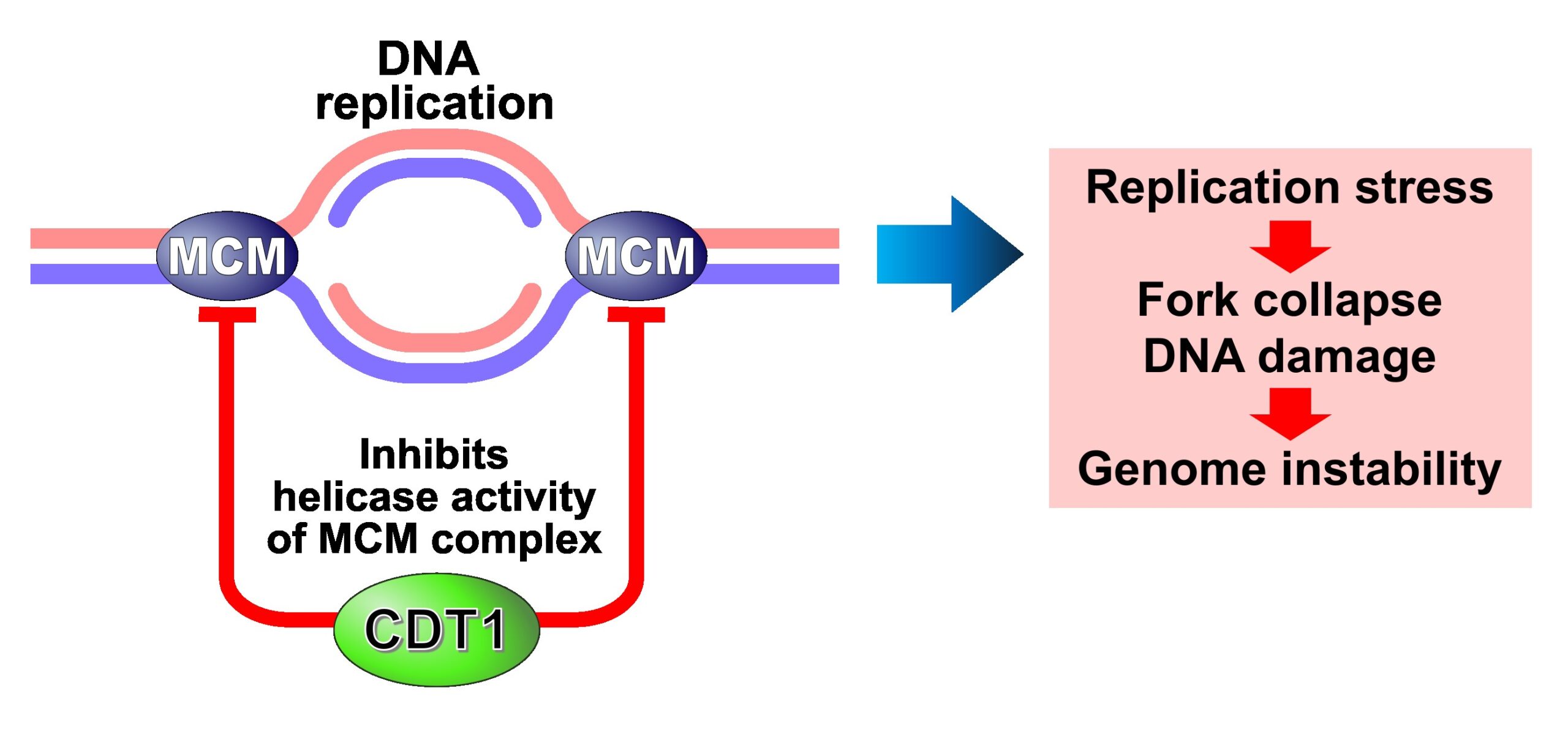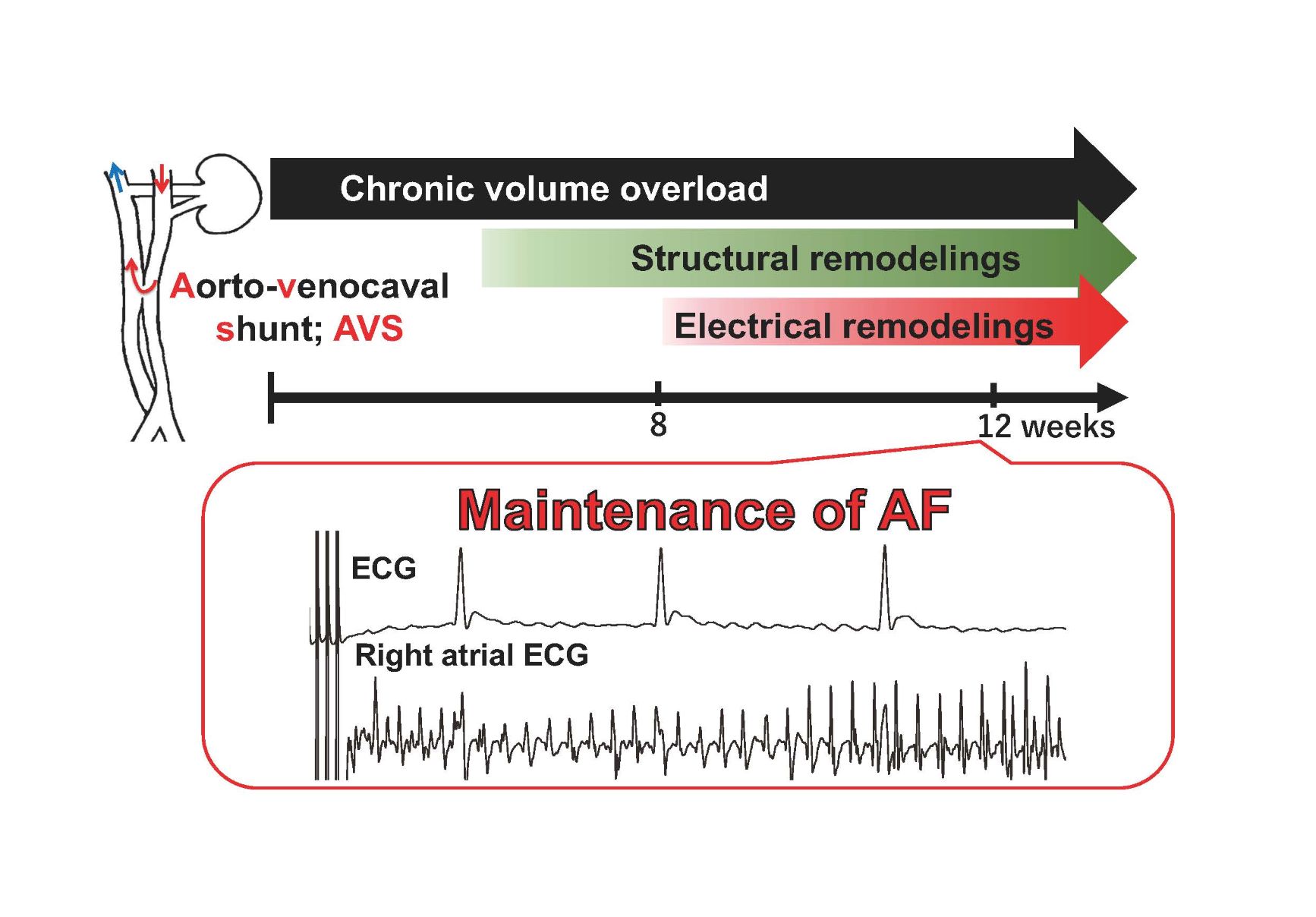March 25, 2023
Detection of high concentrations of D-amino acids and D-lactate in estuarine polychaetes
Implications for the life activities of polychaetes?
Mayu Onozato, Lecturer; Tatsuya Sakamoto, Assistant Professor; Takeshi Fukushima, Professor; Department of Analytical Chemistry, Faculty of Pharmaceutical Sciences, Toho University; Atsuko Nishigaki, Professor, Yuichiro Osaka, Graduate Student; Kenji Okoshi, Professor; Department of Environmental Science, Faculty of Science, Toho University; Wataru Shinohara, teacher, Chiba Municipal Chiba High School; and their research group have discovered that high concentrations of D-amino acids, in addition to L-amino acids, are present in the body tissues of polychaetes and that their composition is species-specific. Furthermore, seasonal differences were observed in the amino acid concentrations in the species of polychaetes inhabiting the Arakawa estuarine area flowing into Tokyo Bay. A significant increase in D-lactate was observed during the reproductive period, suggesting its involvement in reproductive activities. Additionally, it was suggested that D-lactate is involved in adaptation to low salinity environments, as the concentration of D-lactate was higher in polychaetes inhabiting upstream areas compared to those inhabiting downstream areas. Based on these results, it is speculated that D-amino acids and D-lactate play important physiological roles in the life activities of polychaetes, which differ from those observed in mammals. Further research on the physiological and biochemical aspects of the life activities of polychaetes, which continue to live in anaerobic environments, is expected.
This research was published on March 6, 2024, in the journal “Scientific Reports.”
This research was published on March 6, 2024, in the journal “Scientific Reports.”
Key Points:
- In addition to L-amino acids, five kinds of D-amino acids, including D-alanine and D-proline, were detected in the body tissues of polychaetes, and significant species-specific characteristics depending on the species were identified.
- It was found that the D-lactate concentration in polychaetes exhibiting reproductive swarming, such as Tylorrhynchus osawai and Hediste diadroma, was ten- to hundred-times higher than that in other polychaetes.
- Particularly in the case of T. osawai, which predominate the upstream areas, the D-lactate concentration significantly increased during the reproductive period.
(スマホで崩れるようなら使用する。)

Key Pointsテキスト
Summary:
D-Lactate in Tylorrhynchus osawai inhabiting upstream areas was higher than that in individuals inhabiting downstream areas. Therefore, D-lactate may be related to reproductive activities and adaptation to low-salinity conditions. D-amino acids are widely found in aquatic invertebrates, such as bivalves and crustaceans, and play important physiological roles in osmoregulation, low oxygen tolerance, reproduction, and development. Polychaetes are annelids that inhabit various environments, from the oceans to estuaries and freshwater areas, and are sometimes a dominant group. However, there are limited reports on the concentration and role of D-amino acids in polychaetes. Therefore, the current research group quantified and compared the concentrations of free amino acids and lactate, the final products of anaerobic metabolism, in the body tissues of ten species of polychaetes collected from eight locations, including estuaries and inner bays. D-amino acids were detected, in addition to L-amino acids, in polychaetes, and their composition varied depending on the species. Furthermore, high concentrations of D-lactate were detected in Tylorrhynchus osawai and Hediste diadroma, and the ratio of D-lactate to total lactate concentration (D-lactate concentration + L-lactate concentration) exceeded 98%. Particularly, T. osawai, which is predominant in the estuary of the tidal zone affected by the tide, showed a significant increase in D-lactate concentrations during its reproductive period. Additionally, D-lactate in T. osawai inhabiting upstream areas was higher in concentration than in those inhabiting downstream areas. Therefore, D-lactate may be involved in reproductive activities and adaptation to low-salinity conditions. The results of this study suggest that D-amino acids and D-lactate play important physiological roles in the life activities of polychaetes.
D-Lactate in Tylorrhynchus osawai inhabiting upstream areas was higher than that in individuals inhabiting downstream areas. Therefore, D-lactate may be related to reproductive activities and adaptation to low-salinity conditions. D-amino acids are widely found in aquatic invertebrates, such as bivalves and crustaceans, and play important physiological roles in osmoregulation, low oxygen tolerance, reproduction, and development. Polychaetes are annelids that inhabit various environments, from the oceans to estuaries and freshwater areas, and are sometimes a dominant group. However, there are limited reports on the concentration and role of D-amino acids in polychaetes. Therefore, the current research group quantified and compared the concentrations of free amino acids and lactate, the final products of anaerobic metabolism, in the body tissues of ten species of polychaetes collected from eight locations, including estuaries and inner bays. D-amino acids were detected, in addition to L-amino acids, in polychaetes, and their composition varied depending on the species. Furthermore, high concentrations of D-lactate were detected in Tylorrhynchus osawai and Hediste diadroma, and the ratio of D-lactate to total lactate concentration (D-lactate concentration + L-lactate concentration) exceeded 98%. Particularly, T. osawai, which is predominant in the estuary of the tidal zone affected by the tide, showed a significant increase in D-lactate concentrations during its reproductive period. Additionally, D-lactate in T. osawai inhabiting upstream areas was higher in concentration than in those inhabiting downstream areas. Therefore, D-lactate may be involved in reproductive activities and adaptation to low-salinity conditions. The results of this study suggest that D-amino acids and D-lactate play important physiological roles in the life activities of polychaetes.
Journal
Scientific Reports March 6, 2024 issue
Title
Characterization of polychaetes inhabiting estuaries and inner bays by composition analysis of amino acids and lactate enantiomers
Authors
Mayu Onozato, Wataru Shinohara, Yuichiro Osaka, Tatsuya Sakamoto, Maho Umino, Atsuko Nishigaki, Kenji Okoshi, Takeshi Fukushima
DOI No.
10.1038/s41598-024-55861-5
Scientific Reports March 6, 2024 issue
Title
Characterization of polychaetes inhabiting estuaries and inner bays by composition analysis of amino acids and lactate enantiomers
Authors
Mayu Onozato, Wataru Shinohara, Yuichiro Osaka, Tatsuya Sakamoto, Maho Umino, Atsuko Nishigaki, Kenji Okoshi, Takeshi Fukushima
DOI No.
10.1038/s41598-024-55861-5
READ MORE RESEARCH NEWS - Pharmaceutical Sciences
ACADEMICS
Undergraduate Programs
– Medicine
– Pharmaceutical Sciences
– Science
– Nursing
– Health Science
Graduate Programs
–Medicine
–Pharmaceutical Sciences
–Science
–Nursing
Undergraduate Programs
– Medicine
– Pharmaceutical Sciences
– Science
– Nursing
– Health Science
Graduate Programs
–Medicine
–Pharmaceutical Sciences
–Science
–Nursing
RESEARCH
– News
– Guidelines & Policies
– Support Offices
– Facilities
– Security Export Control
Non-Degree Programs
– Clinical Elective Program
– International Physician Observership Program



.jpg)
